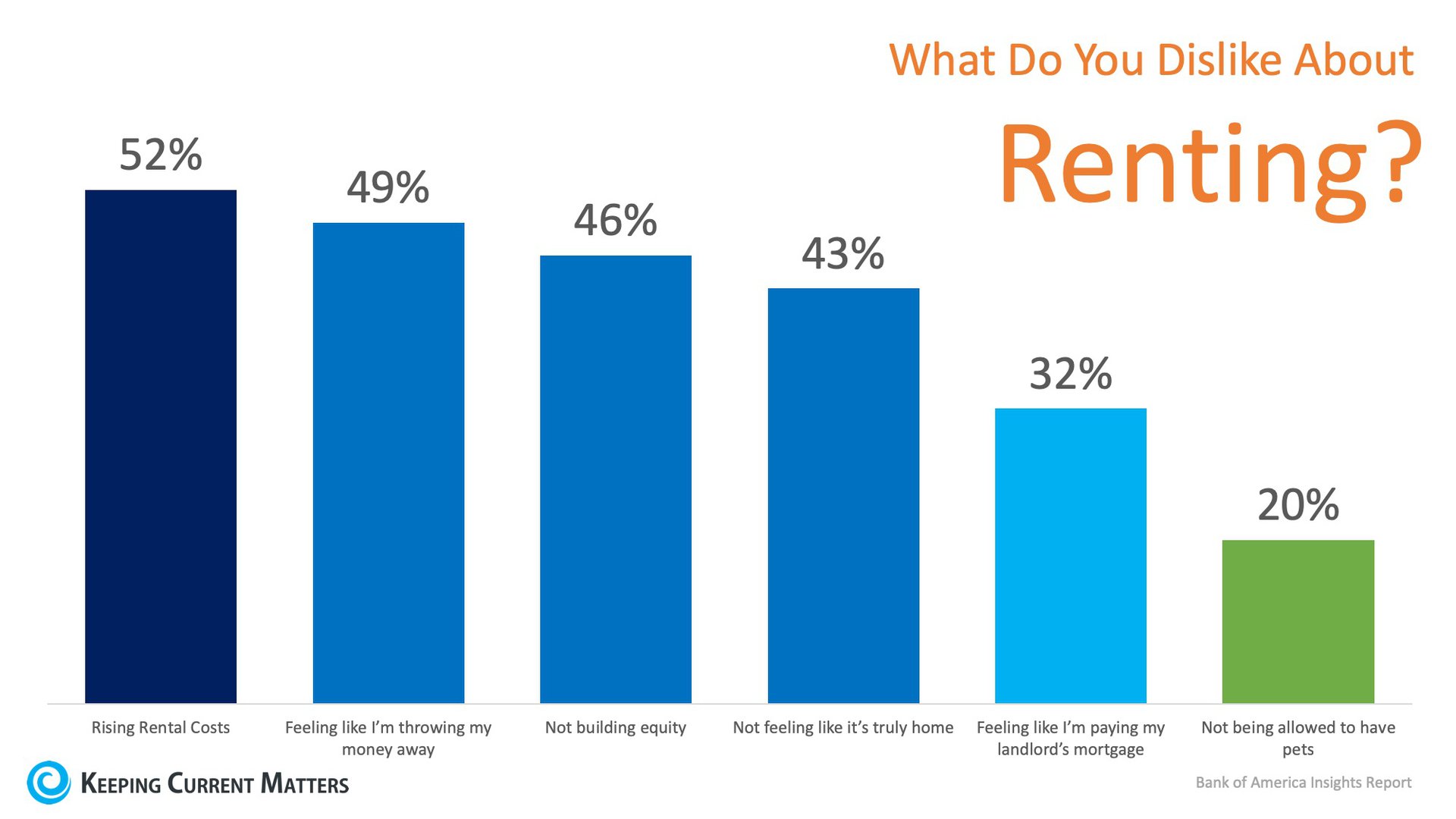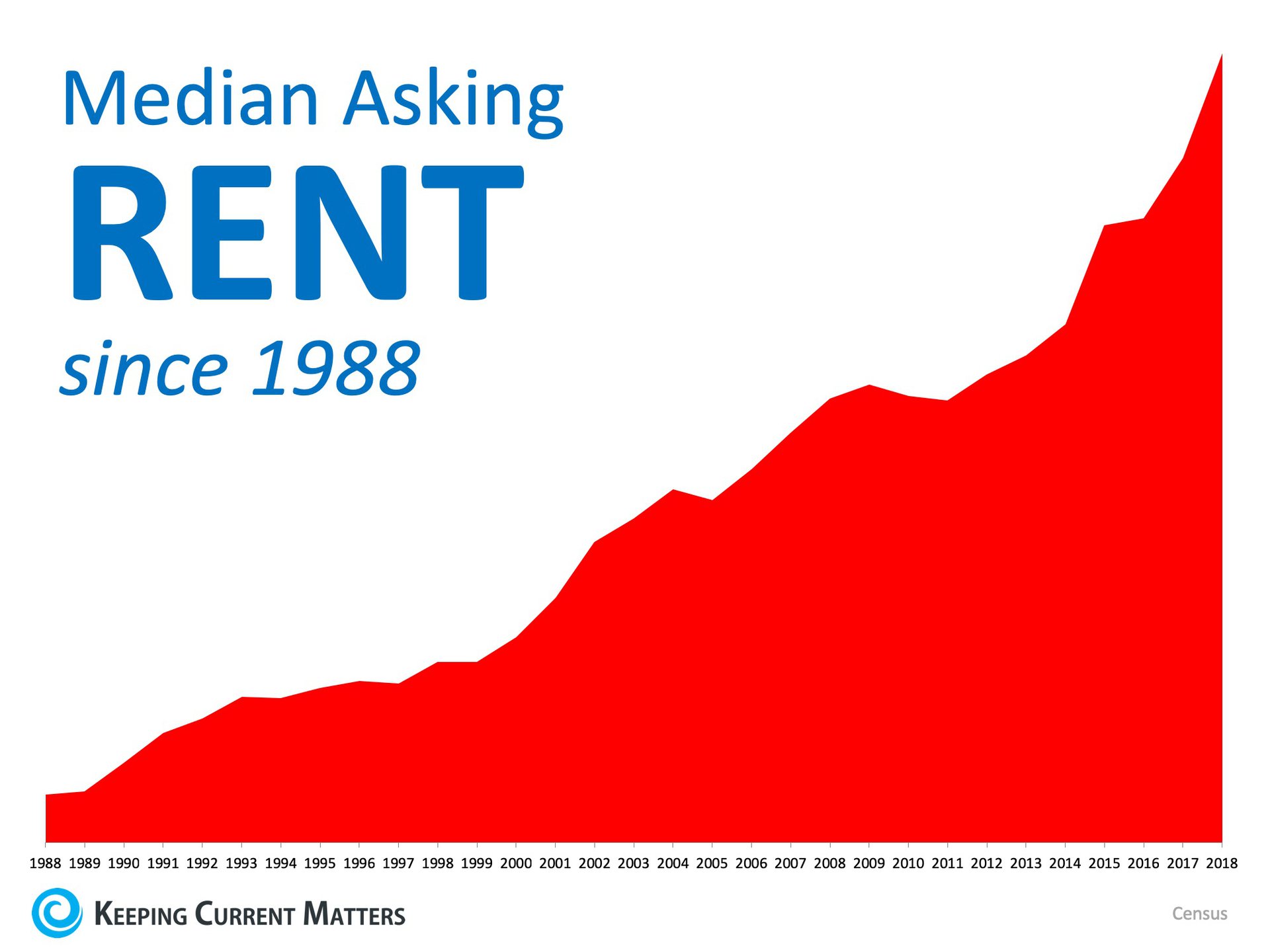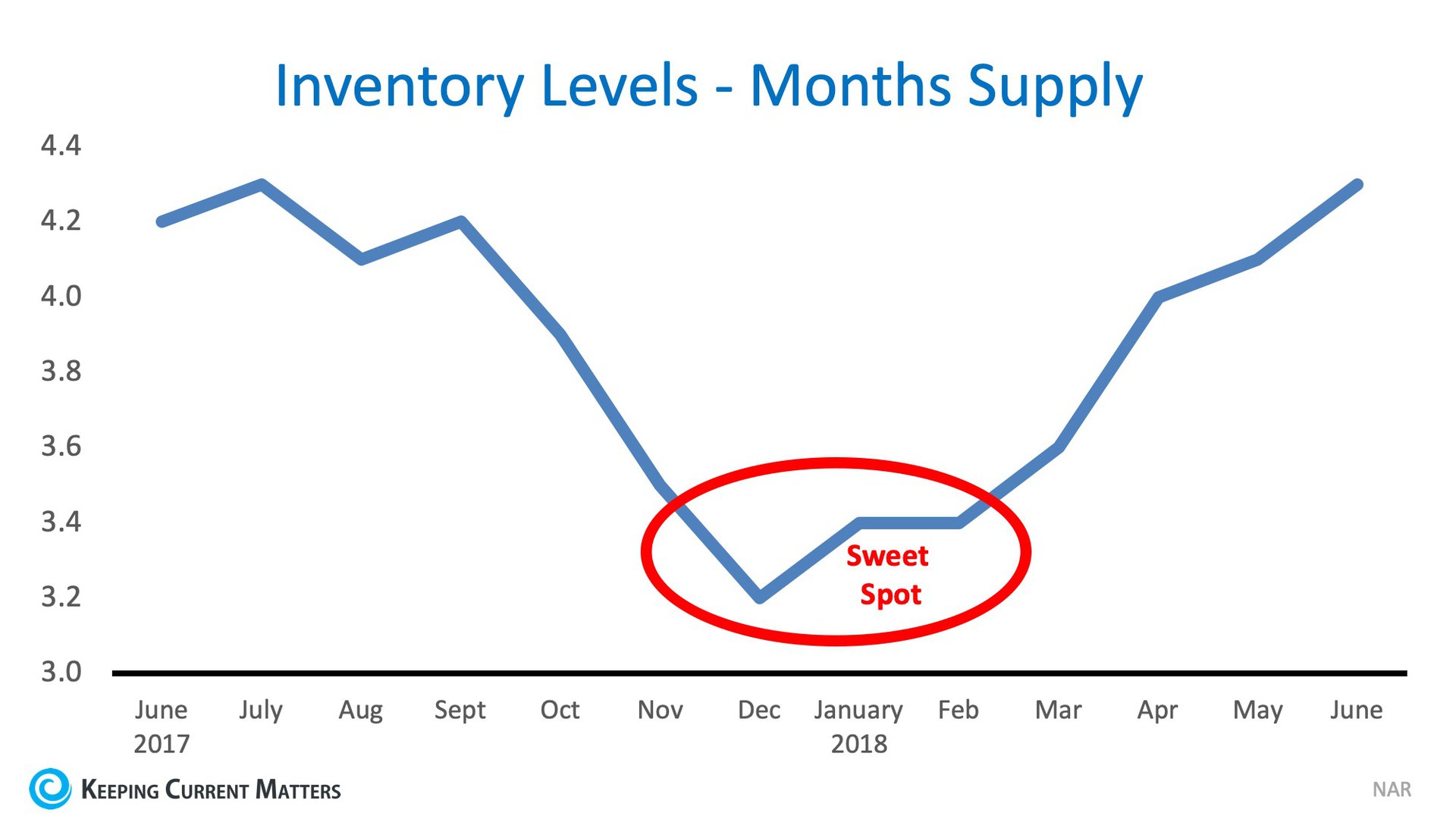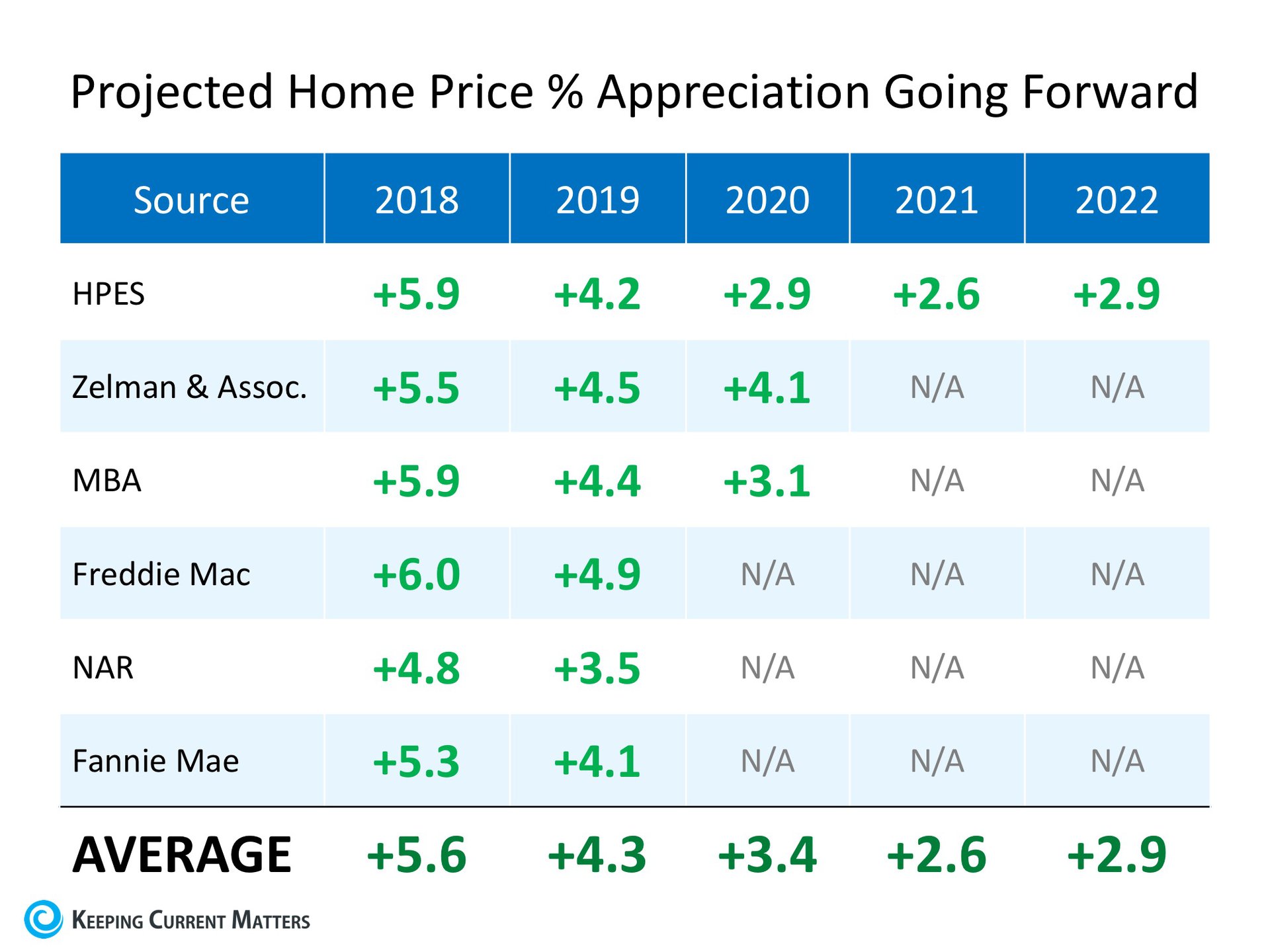Your home selling process includes these 14 steps:
1. Get Your Finances in Order
Contact your mortgage lender to find out about any penalties for paying off your mortgage early.
If you plan to purchase a new home, inquire about the types of mortgages available for you.
2. Choose a Realtor®
What’s the difference between a Realtor® and a real estate agent? A real estate agent is anyone who earns a state real estate license. A Realtor® is a real estate agent who joins the National Association of Realtors® and must uphold the association standards and its Code of Ethics.
Knowledge, ethics, skill, and access to modern real estate selling tools combine to make your Realtor® the best at obtaining the highest sales price for your home.
Choose a Realtor® experienced with selling homes, knows your neighborhood and its market, who you trust.
3. Get Your Home Ready
Prior to listing your property for sale, prepare your home for buyers. Think about strangers viewing your home and how to make a positive first impression. Hide the clutter, tidy up the front and rear yards, and fix any eye sores.
You only get one chance around 5 seconds for your home to make a great first impression, so make it count.
4. List Your Home For Sale
Your Realtor® advises you regarding the best sales price based on recent comparable sales in your neighborhood and market conditions. Your listing agent prepares a Comparative Market Analysis (CMA) report to assist you with deciding the sales price. The CMA takes emotions out of the sales price by providing neutral facts based on current market conditions.
Overpriced listings simply do not sell, realistic expectations sell.
Another advantage with using a Realtor® is the power of the Multiple Listing Service (MLS) which advertises your home to every local real estate agent. A further benefit of the MLS allows agents to cooperate with selling your home by splitting the total commission between them.
To a real estate agent, 50% of a commission trumps 100% of nothing if the home never sells.
5. Marketing Your Home
Getting your home into the local MLS is just the first step in your agent’s marketing plan. The next step involves coming up with advertising words based on the best features of your home. Expect a full blown advertising and marketing campaign to get your home sold fast. How and where to advertise your home becomes the essence of your Realtors® marketing plan.
Hiring a professional virtual tour company to take high quality photos and video of your home inside and out enables a virtual online tour for potential buyers. Saturate online social media platforms with descriptions, photos, and videos of your home.
6. Open House
Letting your Realtor® install a lockbox so other agents can view and show buyers your home (after making an appointment) increases the chances for a sale.
Prepare for an open house which is a formal previewing for other agents and potential buyers. An open house showcases your home. Your Realtor® can advise you how to make your home shine.
In addition, your Realtor® gets an opportunity to receive valuable feedback from agents and buyers regarding your home’s condition and price.
7. Reviewing and Negotiating Buyers Offers
Depending upon market conditions, if your home is priced right expect multiple offers. Don’t take really low offers personally. Try to negotiate all of them with a counteroffer. Don’t be shy about making a full-price counteroffer when your price is fair and competitive.
If you don’t already have your replacement home lined up, make your counteroffer contingent on your buying a home before closing your sale.
If the buyer’s offer is contingent on selling his or her home before closing on your sale, include a “kickout” clause or right of first refusal against such a contingency.
8. Open Escrow
Once you reach an agreement with a buyer and sign a purchase agreement, it’s time to open escrow and order a title policy.
An escrow company is a neutral third party authorized by the state to collect the buyer’s earnest money and hold it in escrow until the sale completes. The escrow company coordinates with you, the buyer, the agents, lender, and other necessary parties to complete their responsibilities under the purchase agreement.
9. Appraiser Appointment
The buyer’s mortgage lender will require an appraisal to determine the true value of your home, called an appraisal value.
The appraiser schedules an appointment to inspect your home. Prior to the appointment, clean your entire home and hide the clutter.
If you receive a low appraisal, talk to your Realtor® about alternatives.
By law, since the buyer’s lender paid for the appraisal, you are not entitled to receive a copy. However, if the buyer attempts to cancel the sale because of the appraisal, ask your lawyer or Realtor® about how to access the appraisal.
10. Home Inspection
Besides an appraisal, the buyer hires a professional home inspector to view your entire property. Ask your Realtor® for a copy of a home inspection checklist in advance of the inspection to know what things the inspector looks at. This helps you with preparing areas like the attic, basement, and garage for the inspection.
A few days before closing, be prepared for a final walk-through inspection with the buyer.
11. Seller Required Inspections
Your purchase agreement may require a roof inspection and/or a state required termite or other pest inspections. as the seller, you pay for them.
12. Seller Disclosures
The law requires that if you know of any material facts which impair the value of your home, you must disclose them.
U.S. homes must provide lead-based paint disclosures. Homes built after 1978 probably won’t have any, but the disclosure form is still required.
If you belong to a homeowner’s association, additional documents may be required such as the Covenants, Conditions & Restrictions (CC&Rs) which the association can provide you.
13. California Disclosure Requirements
California disclosure laws requires every home seller to provide written disclosure about the condition of the home (Section 1102 California Civil Code). The law protects home buyers by making sellers inform them of any potential repairs or upgrades that the home needs.
While the law does not specify when the disclosures must be made, real estate professionals recommend as soon as possible. Some sellers prepare their disclosures when the home is listed so prospective buyers can receive them right away. Other sellers wait until a buyer submits an offer.
The official disclosure form called the “Transfer Disclosure Statement” (TDS). Your Realtor® can provide you with a copy, or the California Association of Realtors provides one online by Clicking Here.
In addition, California home sellers must submit another disclosure form called the “Natural Hazard Disclosure Report/Statement” before the home sale closes. Again, your Realtor® can provide you with a copy, or you can download one online here
14. Escrow Closes
Finally, the home selling process concludes when escrow closes.
When the buyer’s loan is approved, the funds go to the escrow company who pays you. In return of payment, you provide a signed and notarized deed transferring ownership to the buyer. Once the deed is recorded with the appropriate government agency, the sale closes.
Steven Rich, MBA – Guest Blogger







